Early August is the anticipated start of the annual Autumn migration when birds have completed their breeding season in Europe and both adult and juvenile birds start moving south to various parts of Africa for the second part of their endless summer.
Kuwait is fortunate to be situated on two of the key migration flyways; namely the East Africa/East Asia Flyway and the Mediterranean/Black Sea Flyway. Of course we also get a few wayward birds from the Central Asia Flyway and the Red Sea/Rift Valley Flyway, one of the most important and densely populated migration routes for birds heading south.
This southern migration is often tricky in terms of identification, as we find adult birds in transition plumage changing into their non-breeding or winter plumage and of course the plethora and variety of juvenile plumage’s.
Early in August we had two juvenile Black-winged Kites (Elanus caeruleus), that may have come from Israel where they bred successfully this summer.
Along the Arabian Gulf coast line, waders gather at one or two main staging areas and working through the predominant species always reveals other species in smaller numbers. Little Stints (Calidris minuta) and Curlew Sandpiper (Calidris ferruginea) make up some of the larger roosts.
Often Dunlin (Calidris alpina) with their diagnostic black bellies are found together with the Curlew Sandpipers
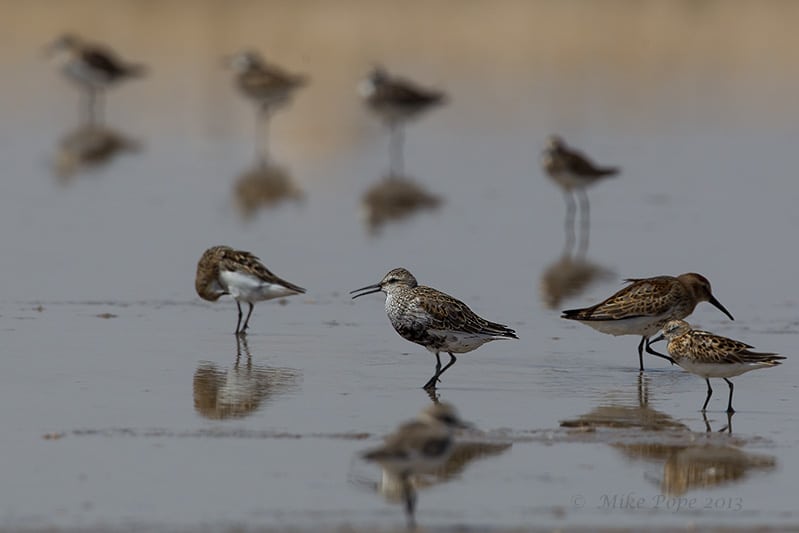
But in amongst these large flocks you will find Greater Sand Plover (Charadrius leschenaultii)
and Lesser Sand Plover (Charadrius atrifrons), which can sometimes be tricky to separate
Temminck’s Stint (Calidris temminckii) are found in association with the Little Stint flocks, but you have to look closely to find them
Common Snipe (Gallinago gallinago) also start arriving, but are typically more secretive and skulking.
Around some of the inland ‘fresh’ water pools, you will find Purple Heron (Ardea purpurea)
and Little Bittern (Ixobrychus minutus), both employing similar hunting techniques which is a combination of stealth, patience and lighting fast striking speed
Skulking along and around the base of the reedbeds, you may be lucky to encounter one of 3 Crake species, this one is Little Crake (Porzana parva)
Many passerines are also to be found arriving and some of these include Citrine Wagtail (Motacilla citreola)
As well as Grey Wagtail (Motacilla cinerea)
Byzantine Stonechat’s (Saxicola m. variegatus) are the first to arrive, with European and Caspian Stonechats arriving later in Oct/Nov
Spotted Flycatchers (Muscicapa striata) arrive in late August, but do so in numbers
As do Red-spotted Bluethroat’s (Luscinia svecica)

A Common Rosefinch (Carpodacus erythrinus) was an unusual record close to the coast, as they are normally recorded much further West
Late August heralds the arrival of a number of Shrike species that include Lesser Grey Shrike(Lanius minor)
and Woodchat Shrike (Lanius senator)
but also Mauryan Grey Shrike (Lanius lahtora pallidirostris) and Red-backed Shrike’s
We welcome some of the more colourful migrants, especially the European Bee-eateer (Merops apiaster); this one took it’s time beating this large Wasp into something more palatable
and Blue-cheeked Bee-eaters (Merops persicus); whose diagnostic calls can be heard as they pass by high overhead

One of my favourite’s is the male White-throated Robin (Irania gutturalis) who really do add a splash of colour to the drab desert habitat

You might be lucky to see or accidentally flush one of the ‘Ghosts of the Sand’; the Egyptian Nightjar (Caprimulgus aegyptius)
Moving west and further inland, there are a few locations that host small pools with Acacia trees for cover and these are a magnet for some of the more difficult to identify families; namely Warblers. Some of these species in this family are never easy, especially during moult. But with patience you will find Upcher’s Warbler (Hippolais languida)
Eastern Olivaceous Warbler (Iduna pallida)
This Autumn we had Kuwait’s 4th Booted Warbler (Iduna caligata) which took some time to verify and confirm with the Rarity Committee
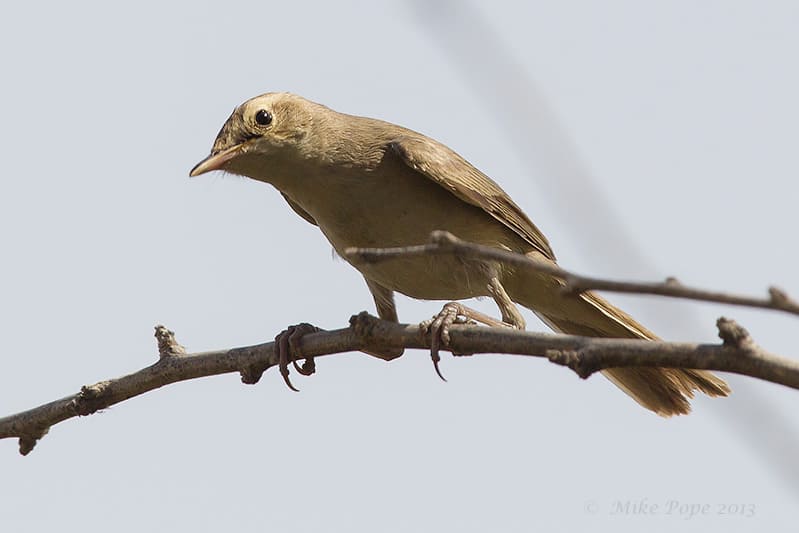
Garden Warbler (Sylvia borin)
and Barred Warbler (Sylvia nisoria)
at the same time, you have juvenile Black-headed Buntings (Emberiza melanocephala) sitting quietly in the shade, as August is the hottest month in Kuwait
Eurasian Wryneck (Jynx torquilla) sit uncharacteristically on the sand bank in the shade just to keep cool
Tawny Pipits (Anthus campestris) were seen roosting on the ground in the shade in between the resident Crested Lark flocks
A Rufous-tailed Scrub Robin (Cercotrichas galactotes) found the energy to entertain the few wilting birders at the oasis pool with a half-hearted display

We now look forward to the continuation of the Autumn migration in September, which will also bring a variety of Raptors and if this is anything like last year, it should be fantastic. As ever, we are all looking for that mega, a new bird to add to the Kuwait checklist which is only 2 away from the magical 400 figure.
Michael Pope
A South African ex-pat who currently resides in Kuwait with his family since October 2006 and maintains a full time job as an IT Project Manager delivering and implementing projects in Kuwait and the GCC. An avid naturalist with an interest in wildlife and conservation that started early in his schooling when he was selected to spend a week in Londolozi Game Reserve learning about Conservation and Game Ranger principals. That week had a profound impact, the seed was sown and a passion for birds, photography, wildlife, biodiversity and conservation was instilled. He has travelled and explored the length and breadth of South and Southern Africa in search of birds, Aside from birds, he photographs landscapes, mammals, reptiles and just about any living creature he can get in front of his lens. Since arriving in Kuwait has also explored many other countries expanding his list and knowledge. In Kuwait his passion for birding, photography and highlighting the need for conservation and protection of migratory birds has continued and this is showcased on his Kuwait Birding Blog http://kuwaitbirding.blogspot.com/) . In early 2008 he was proposed as and still is Chairman of Kuwait Ornithological Records Committee. However, a personal achievement of his birding tenure in Kuwait is Co-editor for the milestone publication of “Birds of Kuwait – A Comprehensive Visual Guide” in collaboration with BioDiversity East and KUFPEC.
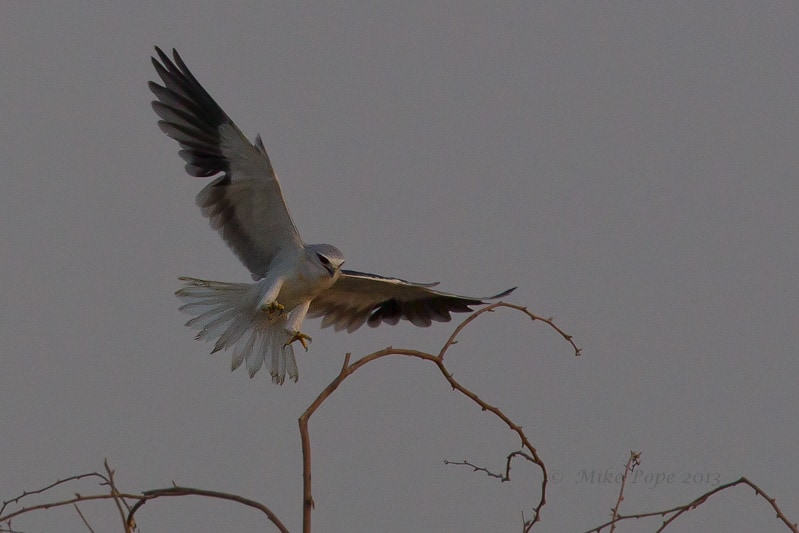
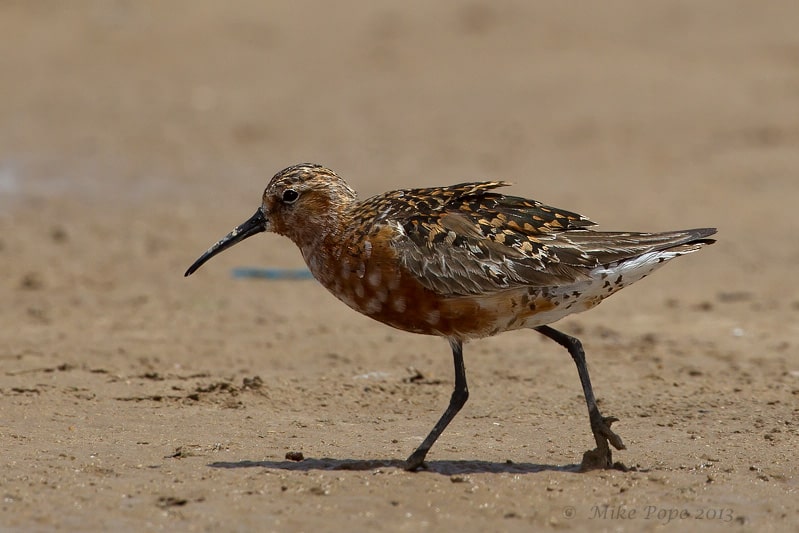
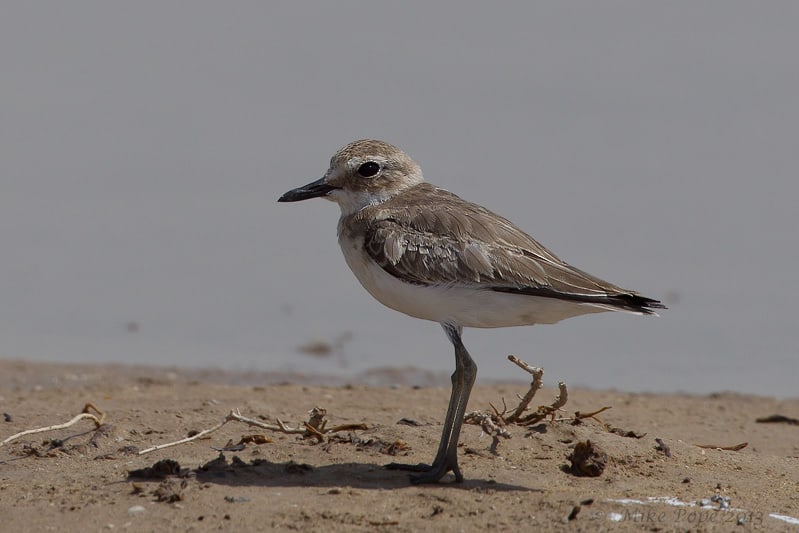
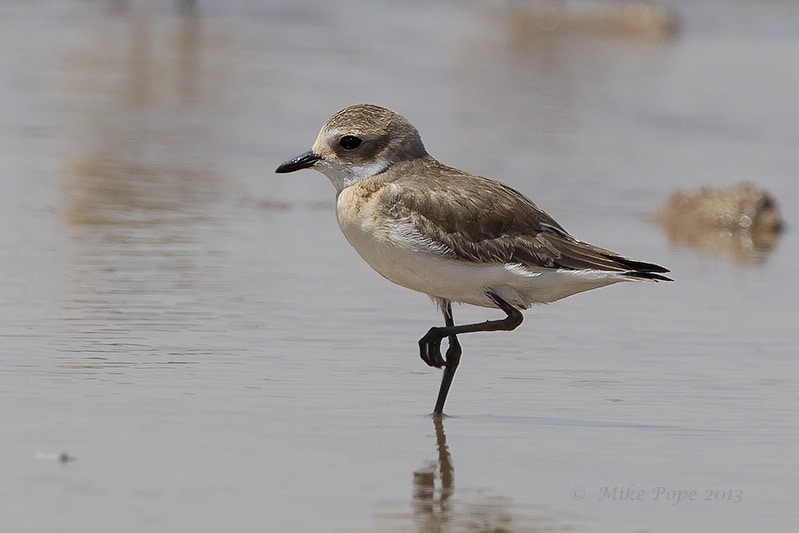
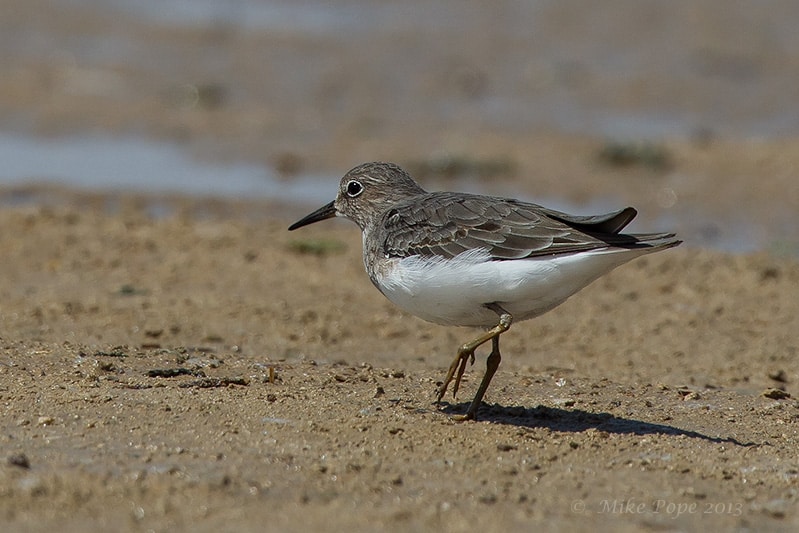
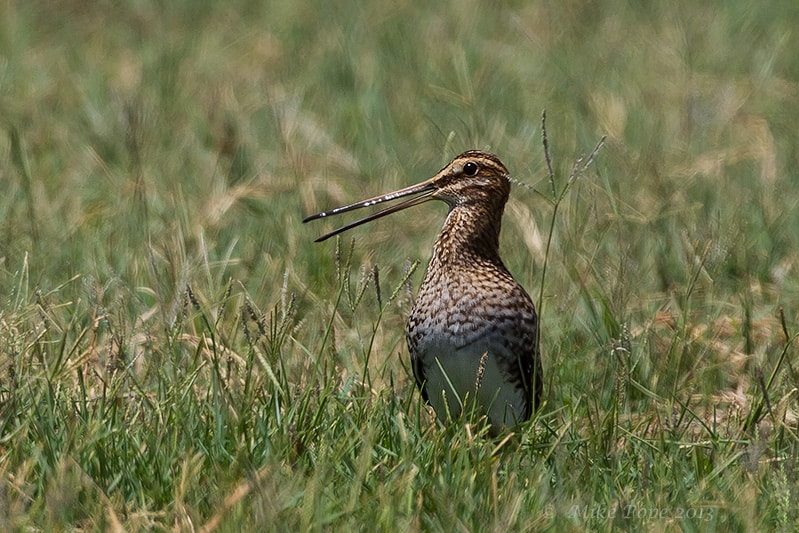
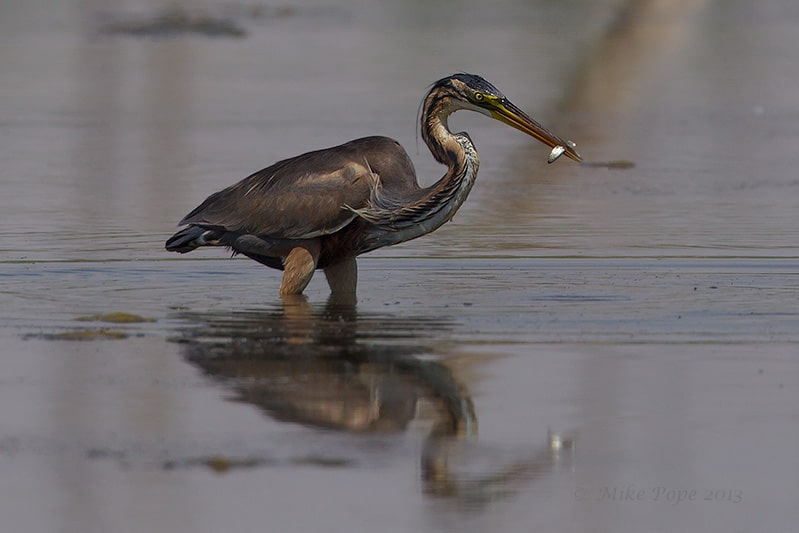
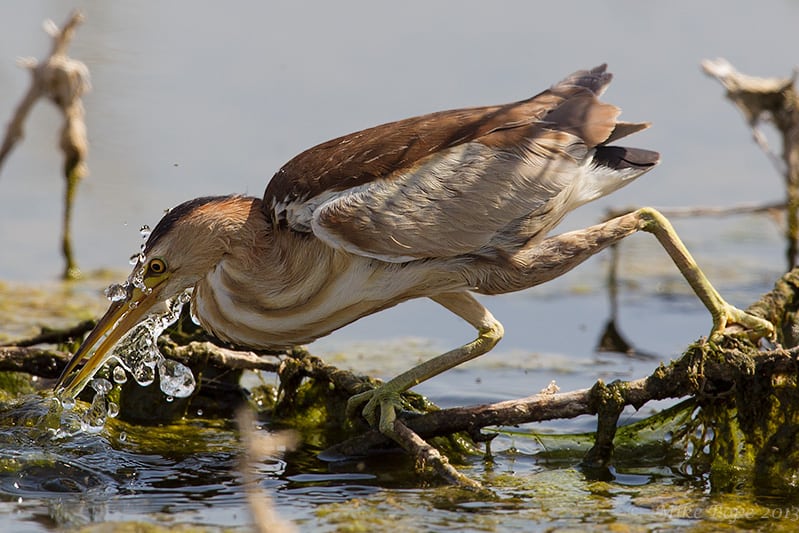
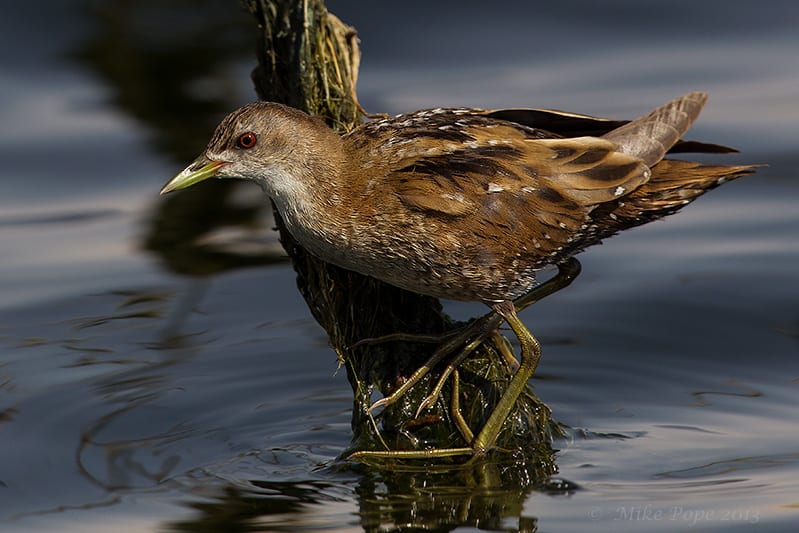
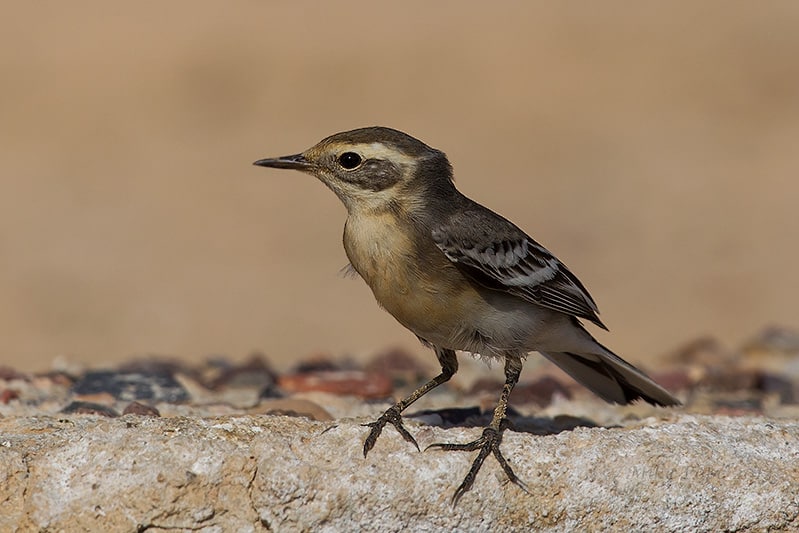
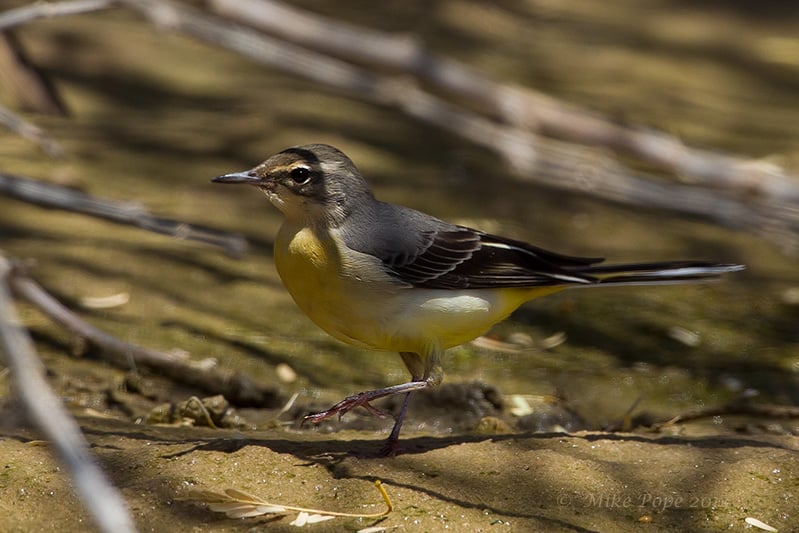


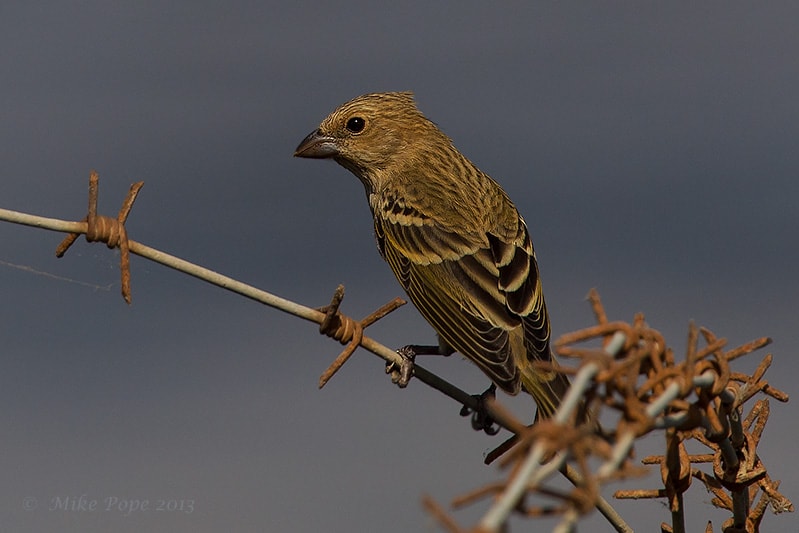




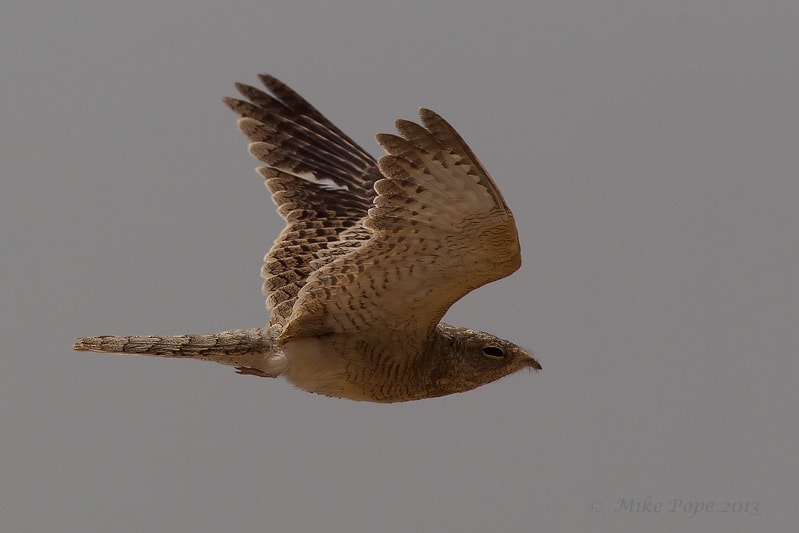
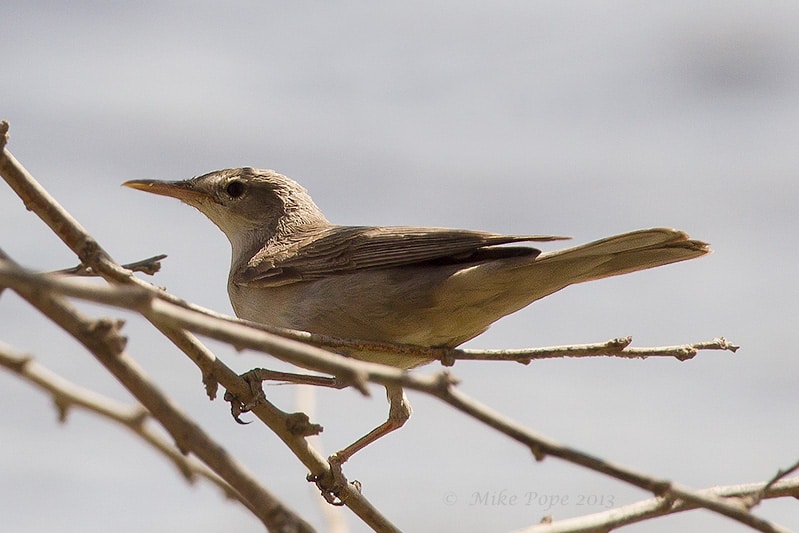

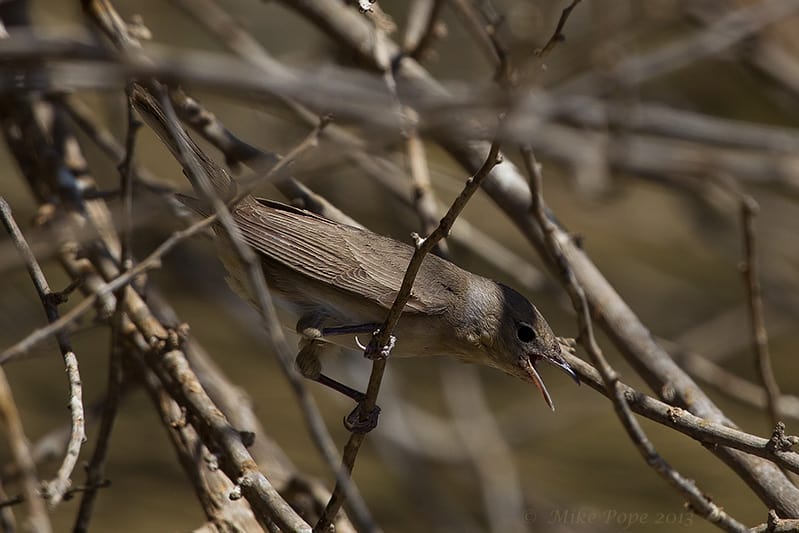
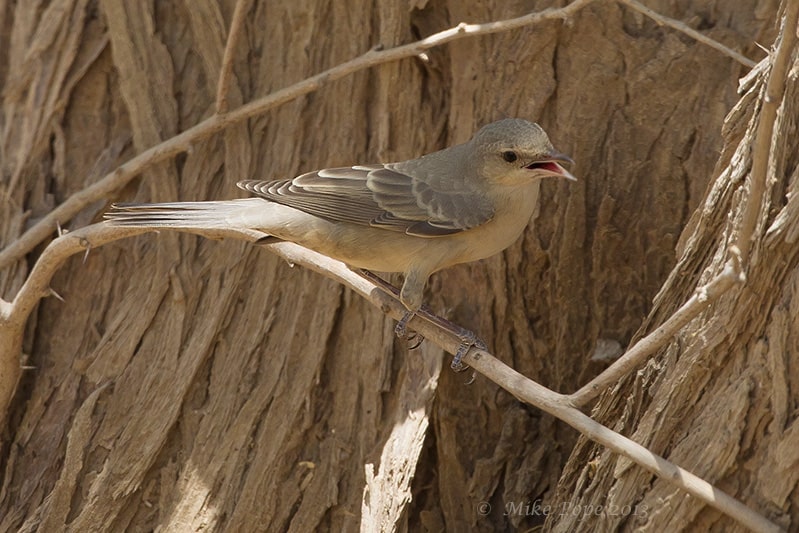

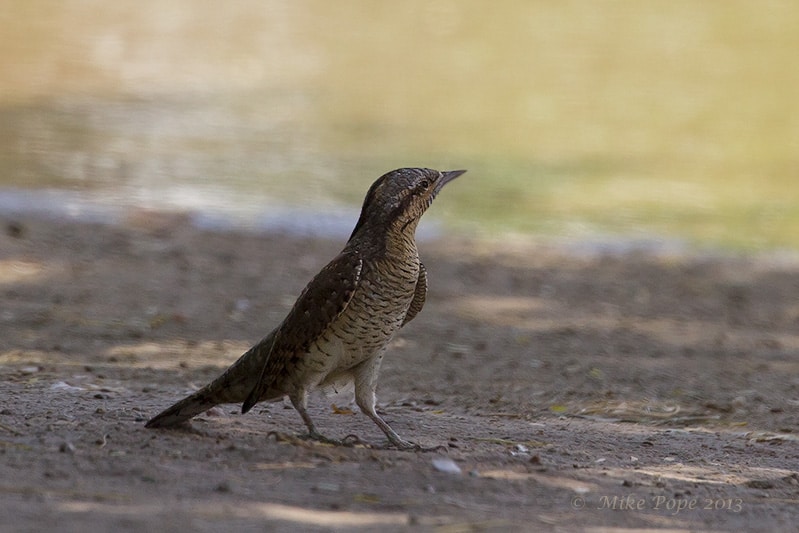
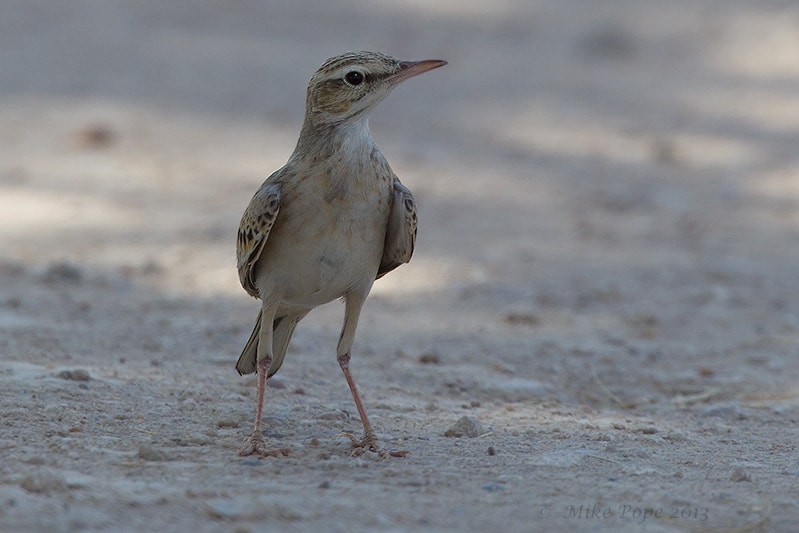




Leave a Reply